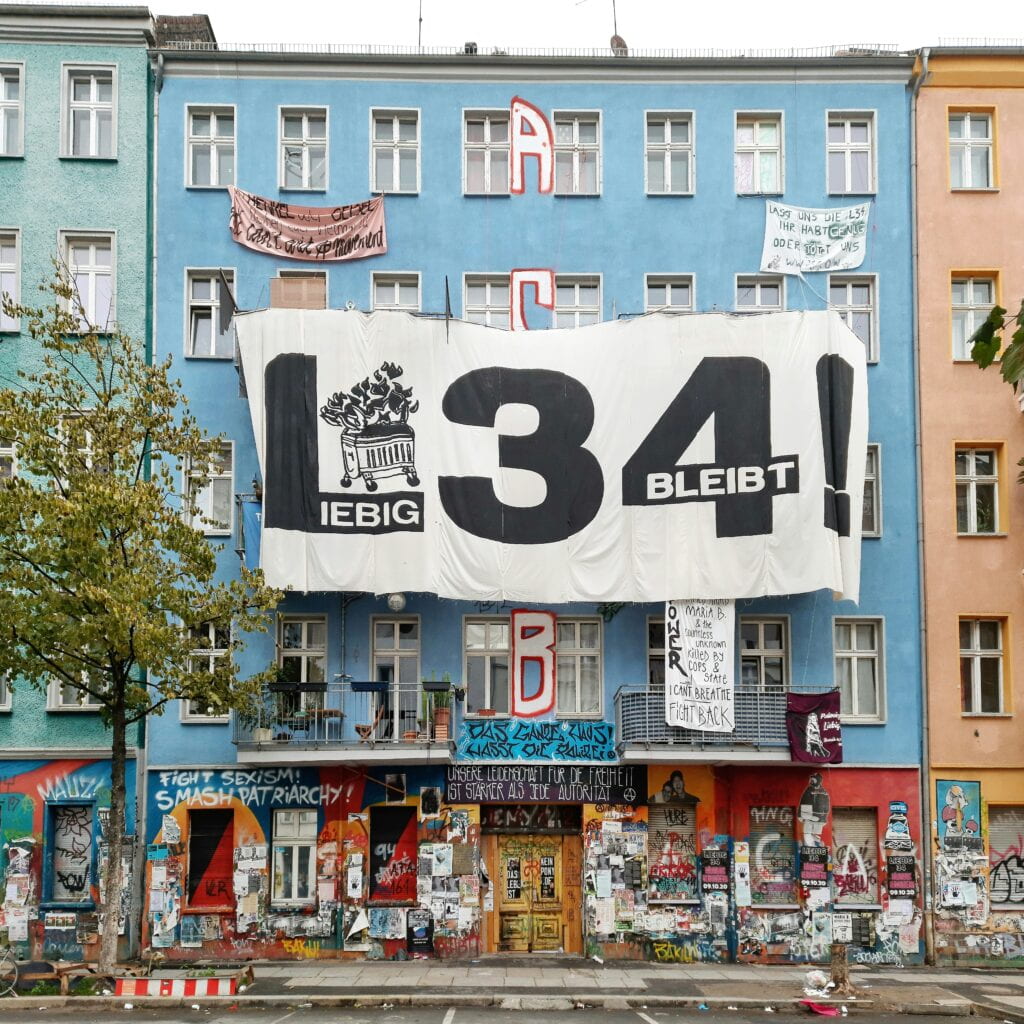The origins of Döner Kebab have long been a topic of debate. Some argue it’s a Berlin creation, while others trace its roots back to Turkey. To shed light on this culinary discussion, we asked Burcu Serdar Köknar, who will be teaching the course “Food, Culture and Globalization” at NYU Berlin starting in Spring 2025, to write a short piece about Döner Kebab and its unique place in Berlin’s food culture.
By Burcu SERDAR KÖKNAR*

Döner Kebab is one of the most iconic street foods in Berlin, and it can be found almost everywhere across the city’s bustling street food scene. Wherever street food is sold, döner kebab is always present. The origins of this beloved dish have always sparked much debate: where exactly does döner kebab come from?
Food culture, including the evolution of specific dishes, is shaped by people and cannot be separated from human movements and migration. Given Berlin’s rich immigrant identity, the city’s food culture has been heavily influenced by the cuisines of its immigrant populations. Döner kebab is one of the most significant of these influences, to the point that it has become a staple of the national fast food scene in Germany.
It is difficult for food historians to pinpoint exactly when or by whom döner kebab was first made. Seeking such clarity is nearly impossible. However, historical documents show that versions of döner existed in Ottoman cuisine as far back as the 1800s. The version served in Turkey and the one popular in Berlin differ significantly.
At their core, both versions share a similar technique of preparing and cooking the meat, typically on a vertical spit. The name originated from this tool and means “rotating” in Turkish.
It is believed that the first person to produce döner kebab as we know it today in Berlin was Kadir Nurman, a “Gastarbeiter” (guest worker) who owned a small “Imbiss” (a street food stall) close to the Zoo S-Bahn station in 1972. It was an exotic dish for Berliners back then, but it was a familiar one for the immigrant population from Turkey, Tunisia, or Greece. Nurman’s twist was to put the döner in bread and serve it as fast food for people who didn’t have much time to stop for a real meal. Döner’s Berlin career started as a simple sandwich with salad, onions, and a few pieces of tomato, but quickly evolved into a more elaborate meal, packed with meat, large quantities of salad, and various sauces to suit the taste of Berliners. Within a few years, döner became one of the most popular street foods in the city, competing with the famous Currywurst.
Beyond the shared preparation and cooking method, the differences between the Turkish and Berlin versions of döner are evident in many ways. Comparing their taste, first and foremost, the focus is different. In Turkish Döner, in all its versions, the taste is centered on the meat itself, whereas Berlin döner is mostly served as a sandwich in a special bread and is rich with filling and toppings. The focus is rather on this mixture and the blend of tastes it produces. In Turkey, we mostly know it as a main dish on a plate served with pide. It can become a more special dish with added tomato sauce and yogurt on the side. It is also commonly served as fast food: a dürüm or a sandwich.

Besides the focus of the taste (i.e., meat or blend), there are three more basic differences between the Turkish and the Berlin versions: the bread, the filling, and the sauce.
The bread in Berlin is special; it is flat, fluffy inside, and crispy outside, and although it may seem somewhat similar, it is different from the “pide” in Turkey.
The filling consists of a large amount of salad, onions, cucumber, and sometimes grilled vegetables accompanying the thinly cut döner meat. There is even a special version with vegetables grilled with the meat, called Gemüse Kebab. It is unlikely to come across a döner with vegetables in Istanbul.
And finally, the sauces are quite different. While you may occasionally taste tomato sauce in the sandwich style in Turkey, this is also not that common. The emphasis remains on the meat itself. In Berlin, however, there is always a wide variety of sauces, with some places famous for their creative ones.
It is rumored that a döner place will soon be opening in Beşiktaş, Istanbul, serving Berlin-style döner kebab. This will certainly bring something very new to the neighborhood.
Berlin’s döner kebab culture has become an integral part of the city’s identity. Originally introduced by immigrants from Turkey, it has been embraced and adapted by Berliners, evolving into something uniquely Berlin. With new waves of immigrants bringing fresh perspectives, the city’s food scene continues to evolve. It will be fascinating to see how these new influences shape Berlin’s culinary landscape and what innovations may emerge from this ongoing cultural exchange.
* Burcu Serdar Köknar, who holds degrees in architecture and landscape architecture, focuses on the intersection of food, space, and cultural identity from a transdisciplinary perspective. Based in Berlin, she explores how food practices shape environments in an increasingly globalized world. As a cook and a researcher, she also hosts workshops and events, documenting the connections between culinary traditions, cultural narratives, and the spaces they inhabit. Since moving to Berlin, Burcu Serdar Köknar has been deepening her understanding of culture and theory, exploring how food and community shape urban environments.





